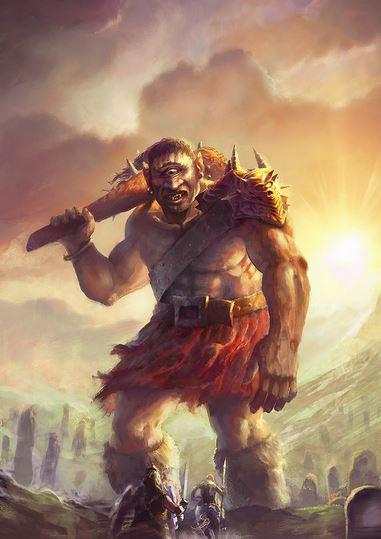Cyclops

🧟♂️ What is a Cyclops?
A Cyclops is a one-eyed giant from Greek mythology, known for strength, primal nature, and often—less than stellar manners.
🧬 Origins & Types
There are two (sometimes three) main types of Cyclopes in ancient myth:
1. Elder Cyclopes – Divine Craftsmen
-
The original Cyclopes were divine beings, children of Uranus (Sky) and Gaia (Earth).
-
Names: Brontes (Thunder), Steropes (Lightning), and Arges (Bright).
-
Forged Zeus’s thunderbolts, Poseidon’s trident, and Hades’ helmet of invisibility.
-
Lived in Tartarus and were more cosmic blacksmith gods than wild monsters.
2. Homeric Cyclopes – Savage Giants
-
Most famously seen in Homer’s Odyssey, especially Polyphemus, who traps Odysseus and eats his men.
-
These Cyclopes are:
-
Lawless and uncivilized
-
Giant, pastoral, and strong
-
Live in caves, tend sheep, and don’t fear gods
-
-
Odysseus blinds Polyphemus by driving a hot stake into his one eye—epic moment.
3. Later Folk Cyclopes – Folklore Monsters
-
In later Greek and Roman traditions, Cyclopes became more like generic giants or monsters.
-
Sometimes seen in Roman and medieval art as brutish, wild, and unintelligent.
🧠 Symbolism
Cyclopes carry some deep symbolic meanings:
-
One eye = narrow vision or focused perception (sometimes linked to the Third Eye in esoteric reinterpretations)
-
Brute strength vs. wisdom – often defeated by cunning heroes, showing that intellect beats muscle
-
In Freudian/Jungian terms: may represent primal urges, the raw Id, or shadow aspects of the self
-
Their craftsmanship side reflects divine intelligence through creation and transformation (alchemy vibes)
🧙♂️ In Occult & Esoteric Thought
-
Rarely used as a direct figure, but their traits—focused power, singular awareness, and raw force—can symbolize:
-
The unbalanced warrior
-
Incomplete perception or spiritual blindness
-
The idea of power without insight
-
But in older myths (especially the divine Cyclopes who forged thunderbolts), there’s a hidden sacredness—a potential for the one-eyed being to represent focused creation, divine fire, or even the inner forge of transformation.

